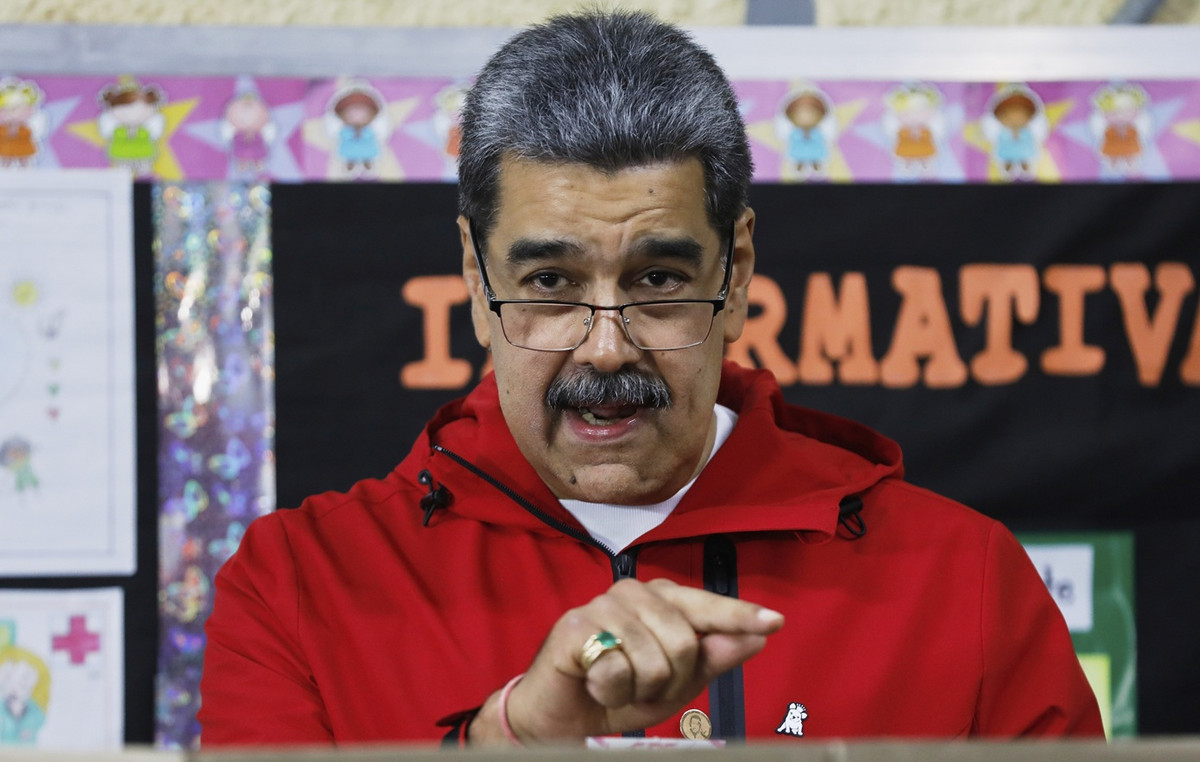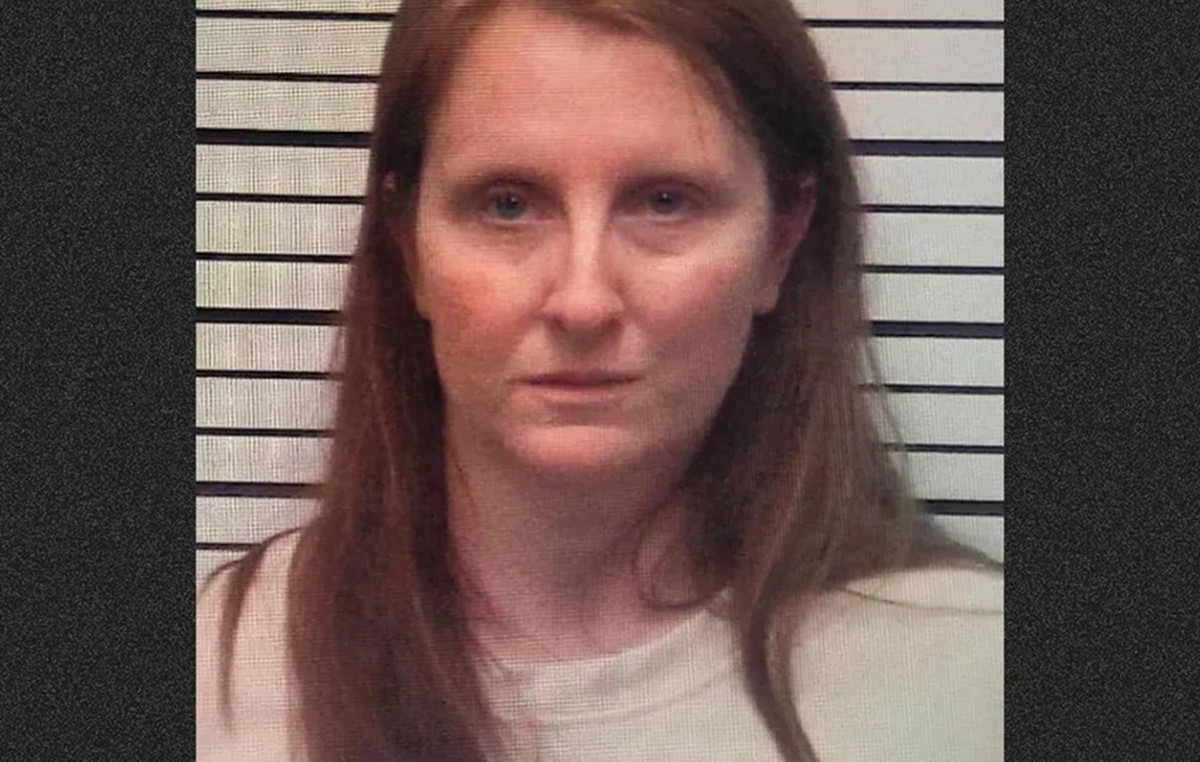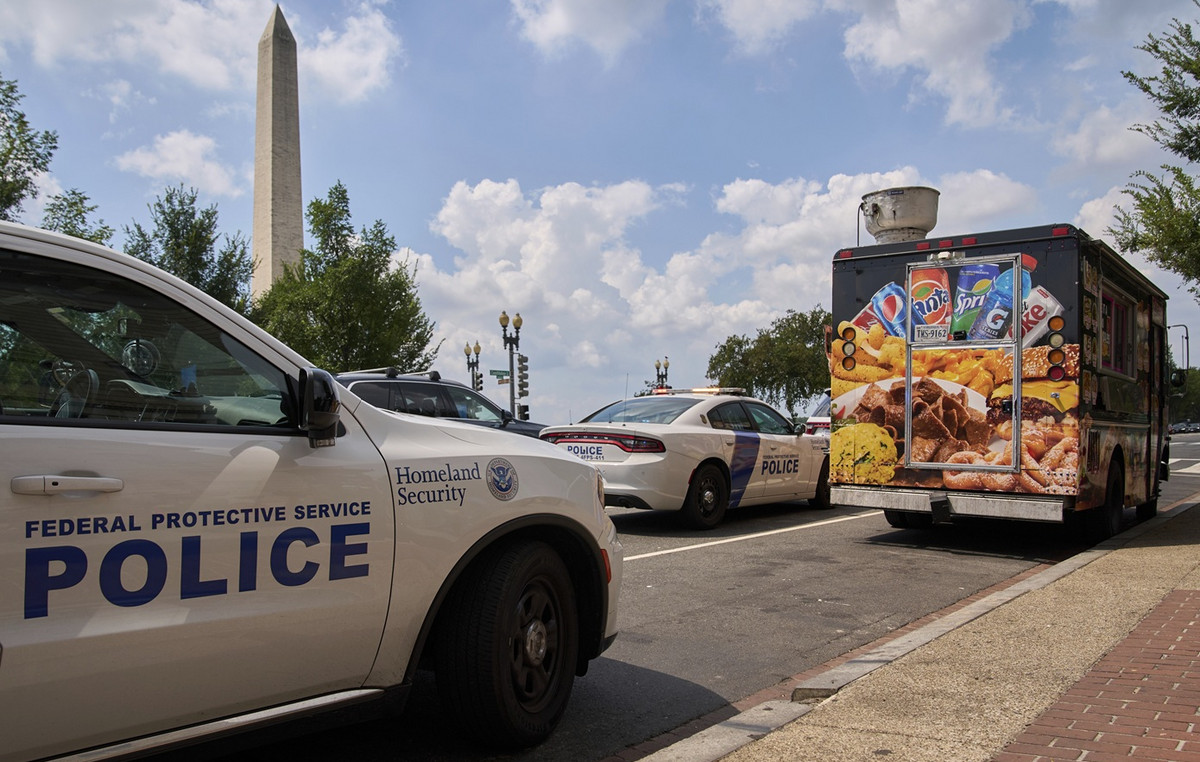Two of the world’s leading central banks, the European Central Bank (ECB) it’s the Federal Reserve (Fed, the American Central Bank), will have their interest rate meetings in March with less than seven days of difference. And they will attract the attention of investors as they are the first since the war between Ukraine and Russia.
Investors in the Brazilian market will have another concern: the next meeting of the Monetary Policy Committee (Copom) of central bank will take place on the same days as the United States.
According to Livio Ribeiro, a researcher at Ibre/FGV, the war has put pressure on global monetary policy due to the risks inflationaryand will require some reaction from countries like the United States and Brazil if this new pressure shows signs of spreading through the economy.
The main answer would be an increase in fees, but he states that “it is complicated to restrict, to remove stimuli in a war scenario”. With that, the challenge for central banks will be to balance these two sides, and signs of these efforts should already emerge in the meetings of the next few days.
Europe
Responsible for the monetary policy of the 19 countries of the euro zone, the ECB will be the first to hold the meeting on interest rates, next Thursday (10). Currently, the most important interest rate, the refinancing rate, is 0%.
For Simão Silber, a professor at FEA-USP, Europe has been the region most affected by the conflict. THE European Union and the Germany are especially vulnerable to the supply of natural gas by the Russia.
Shortages in supplies and the war have driven gas prices soaring, which has inflationary consequences. There are also the effects of increases in other commodities produced by Russia and Ukraine, such as oil, wheat and corn.
“All this could make the ECB, which was cautious because the European recovery was weaker than the US’s and reluctant to raise interest rates, change its mind”, he says.
In this sense, Silber says it is possible that the central bank reverse your position and raise interest rates already at this meeting, between 0.25 and 0.5 percentage point. The chance that there will be no rises in the year, as the ECB previously stated, is assessed by it as low.
“There is a great potential for contamination of inflation in the economy. The problem is not controlling the price of fuel, it is preventing inflation from rising even more, and it is already twice the target”.
Ribeiro recalls, however, that the central bank was already facing the combination of market pressure to raise interest rates, with this movement being priced in the interest rate curves, and also internally, with members of the monetary council publicly defending the realization of increases already in 2022
The researcher claims that Christine Lagarde, ECB president and proponent of maintaining the current rate, said in February that the inflation data was surprising the bank, coming in higher than expected, and that the ECB would be willing to change its position if necessary. With the war, this situation is bound to repeat itself, and to get worse.
“Inflation in 12 months is at 5.8% in the February preliminary, but it does not mean that the ECB will raise interest rates, because it has a particular scenario of a pandemic shock to another with the war and a stagflation trend in Europe. , with low activity and high prices”, he says.
The rise in interest rates, in this scenario of stagnation, could further worsen the economic situation on the continent. Furthermore, the so-called core inflation, which disregards food and energy, has not shown signs of contamination, indicating that inflation may pass when supply shocks resolve.
For this reason, Ribeiro says he would be “surprised” if there was already an increase in interest rates at this meeting.
The most important thing, he says, will be to observe the scenario update that the ECB makes on a quarterly basis, which will give clues to the bank’s next steps and the view on the inflationary process, including possible increases later on.
“They should indicate that the breadth of possible scenarios has increased, and that it can act in any direction necessary.”
U.S
in the case of U.S, the USP professor says that the effects of the war are less intense than in Europe, even because of the lower dependence on Russian commodities. Even so, they will be felt, as the prices of these products are the same in all countries, as are the increases in them.
The chairman of the Fed, Jerome Powellperformed a unprecedented act on March 2 and anticipated that the central bank should raise interest rates by 0.25 percentage point at the meeting that ends on March 16, which was already expected by the market.
Powell said the rise was justified by high inflation, widespread throughout the economy, and an “extremely tight” labor market, despite uncertainties in the economy. Ukraine.
Silber reckons that the new developments of the war “may change a little of what was announced, but not dramatically”.
“The Fed’s previous promise, at the last meeting, was that at all meetings this year there would be an interest rate increase so that at the end of the year it would be around 3%”, he says.
Higher inflation due to the war could, according to Silber, push that forecast up to 3.5%, and a 0.5 percentage point increase in March would not be entirely ruled out. But, he warns: “Things are changing every day, it is difficult to be sure”.
Livio Ribeiro sees the 0.25 pp rise as the most likely, especially due to core inflation well above the target, indicating a different debate than in Europe. At the end of the year, he bets on interest rates between 3% and 3.5%.
For him, the instability and uncertainty with the war in Ukraine make a rise of 0.5 pp in the short term difficult, and the Fed is most likely to raise 0.25 pp at each meeting, as a way of “testing the waters”.
In the researcher’s view, the most important thing about the meeting will be neither the interest rate hike nor the Fed statement, but Powell’s traditional question-and-answer session with the press after the meeting, especially given the tone he will give in the answers. .
It will also be important, according to Ribeiro, to pay attention to the update of the so-called Dot Plot, which gathers the projections and expectations of each member of the FOMC, the equivalent of the Copom in the United States.
Specialists say that, of the three interest rate decisions, the most correct is that of Brazil. The market has practically a consensus that the basic interest rate, the Selic rate, will rise another percentage point at the March 15-16 meeting, reaching 11.75%, as indicated by the Focus Report.
Silber says that the main difference between Brazil and the United States and the euro zone is that the cycle of high interest rates in the country is already ending, with interest rates at a high level, while the other two have yet to begin. His expectation is that the Selic rate ends 2022 at 12.5% per year, as the Copom itself has already indicated.
“It’s hard to change, Selic has gone up a lot, it’s the world champion in real terms. I don’t think a Selic at 13%, 13.25% is on the radar,” she says.Even so, he believes it is important to consider possible changes in this scenario, especially in the second half of the year. The combination of an ongoing war with the Presidential elections it would be the “worst case scenario”, and could lead to a level of inflation that would demand higher interest rates.
Unlike the ECB and Fed meetings, the professor says that the post-Copom statement will be less important, since the tradition in Brazil is not that of the so-called “forward guidance”, in which the central bank passes to the market the forecast for the next meetings.
Ribeiro, on the other hand, says that despite the fact that commodities are rising a lot with the war, the dollar depreciated in 2022, which helps to stabilize inflation. For him, a rise of less than 1 pp at this meeting is unlikely, but the Selic is at risk of ending 2022 above 12.25%.
“The Copom can reduce the high speed to understand what is happening. The most unlikely thing now with the war is to cut the Selic this year,” he says.
In addition to the combination of war and elections, Ribeiro says that the “middle of the road” will be important, with the war putting pressure on the prices of fuels and the government trying to moderate this rise.
The Central Bank itself has already warned, in communiqués, of the inflationary risk of these measures due to the loss of market confidence and the rise in the dollar. If this were to happen, the inflation “stabilizer” would be lost, and then there would be a risk of higher inflation, demanding equally higher interest rates.
Source: CNN Brasil
I am Sophia william, author of World Stock Market. I have a degree in journalism from the University of Missouri and I have worked as a reporter for several news websites. I have a passion for writing and informing people about the latest news and events happening in the world. I strive to be accurate and unbiased in my reporting, and I hope to provide readers with valuable information that they can use to make informed decisions.







